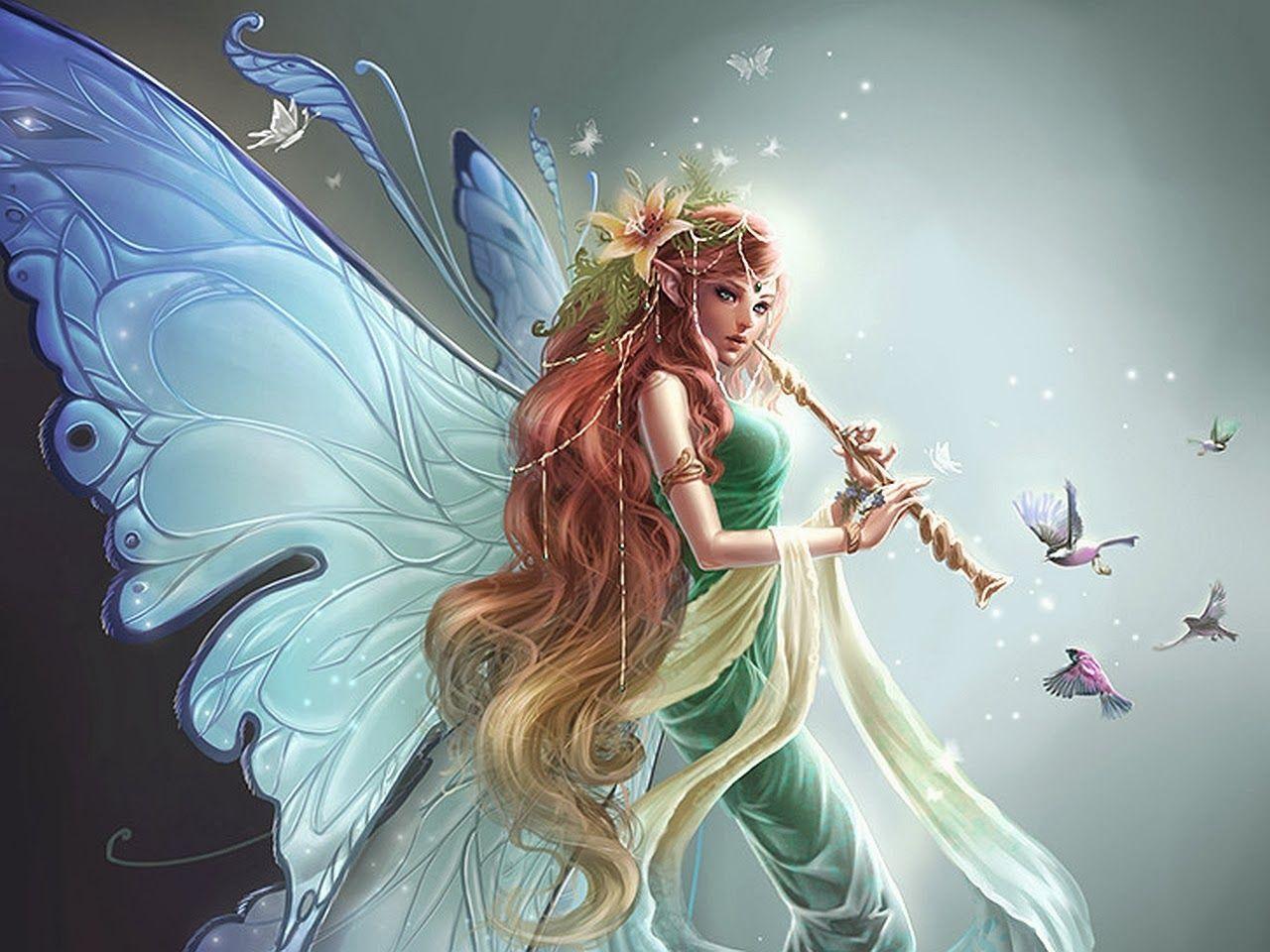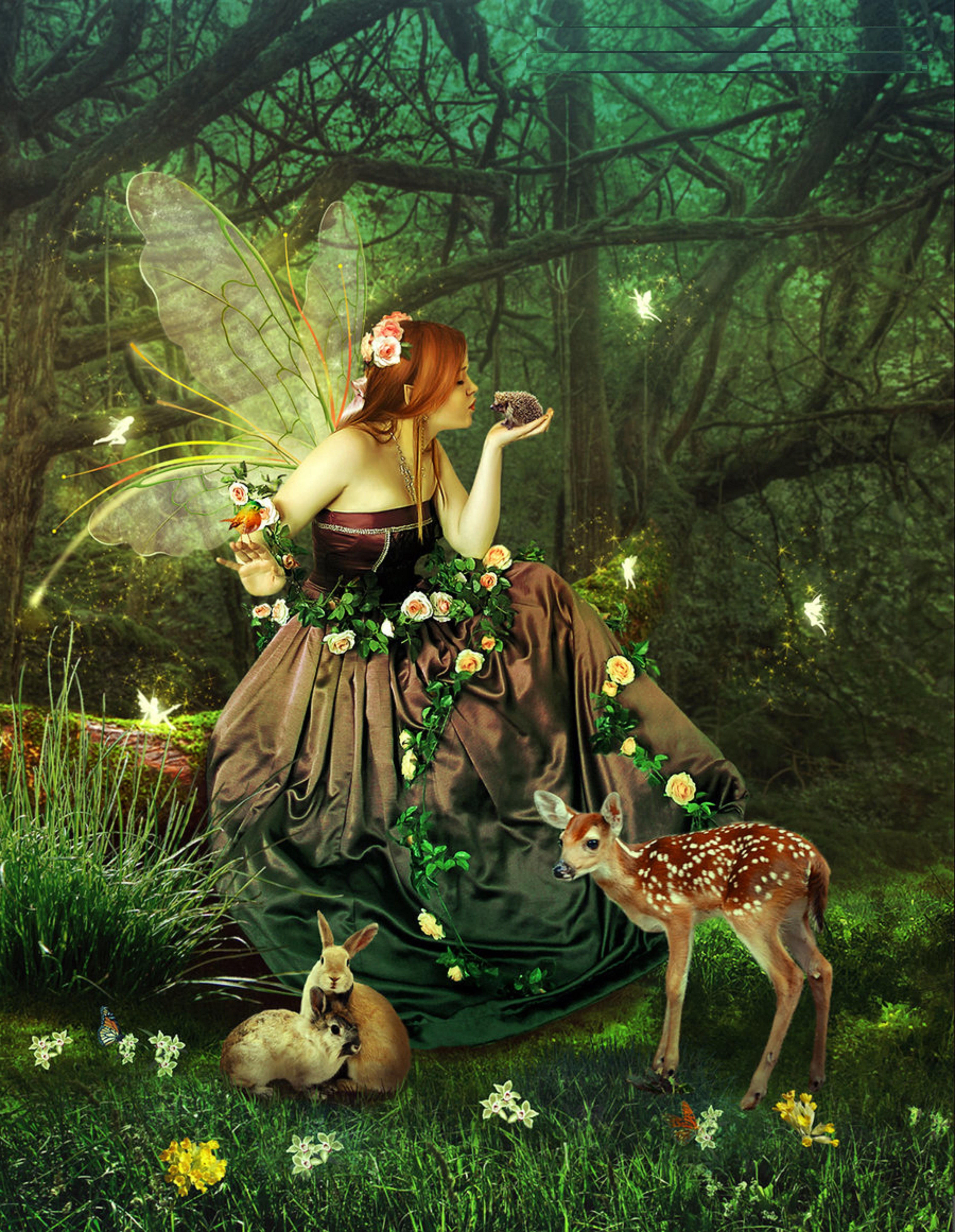Are fairies real, or are they merely the stuff of childhood dreams and bedtime stories? The enduring presence of these magical beings in human culture, from ancient folklore to modern fantasy, suggests that there's more to the myth than meets the eye.
When first embarking on a journey into the realm of the fae, it can feel like stepping into a bewildering labyrinth. The sheer diversity of fairy types, each with their own unique characteristics and domains, is enough to make one's head spin. But beyond the initial overwhelm lies a world of enchantment, mystery, and captivating lore.
Fairies also known as fey or fae, and sometimes referred to collectively as the "wee folk," "good folk," or "people of peace" are, at their core, spirits or supernatural beings rooted in the folklore and romance of medieval Western Europe. They're the subjects of countless bedtime stories, the embodiment of fantasy and wonder that spark the imaginations of children and adults alike. We all harbor a secret fondness for these creatures, those who dart about on gossamer wings, wielding wands and weaving spells, casting a spell of wonder on all who believe.
Through this exploration, we'll delve into the many faces of the fairy realm, uncovering their different types and the powers they wield. From the mischievous sprites to the regal fairy queens, each possesses a unique charm and influence.
Magical, mysterious, and often mischievous, fairies have captivated humanity for centuries. But what are they truly? Are they merely the products of human imagination, relegated to cartoon characters in animated movies and charming figures in children's stories? Or is there something more, something deeper, to their enduring appeal?
For many, the answer is clear: fairies are purely the stuff of fantasy, whimsical creations designed to entertain and enthrall. Unless you're still young enough to believe in the Tooth Fairy, it can be easy to dismiss the notion of their existence. Yet, the sheer persistence of these creatures across cultures and throughout history begs a deeper look.
- Jamie Dornans Age Unveiling The Birthdate Of The Fifty Shades Star
- Ed Murray The Ultimate Guide To Chad Michael Murrays Iconic Role
A fairy is often defined as a small imaginary being of human form, possessing magical powers and frequently, a female one. The word itself has an ancient etymology, recorded from Middle English, denoting fairyland or fairies collectively. It traces back to Old French and ultimately to the Latin word "fata," meaning "the fates." This connection underscores the deep-seated belief in fairies as beings who hold sway over destiny and fortune.
Fairy tales, those wonder tales filled with marvelous elements and occurrences, are not always explicitly about fairies themselves, though they often feature them. They are a genre that embraces the extraordinary, where anything is possible and where the lines between reality and fantasy blur.
The fairy, as a classification of magical beings, finds its origins in European folklore. The term "fairy" carries with it an ancient lineage, steeped in tradition and whispered through generations. These are not just characters in children's books; they are archetypes, representing aspects of nature, the unseen world, and the human psyche.
The Feywild, a realm of raw magic and untamed beauty, is home to countless fantastic peoples, and among them are the fairies. Often portrayed as small and whimsical, they are nevertheless a powerful force in their own right. Pixies and sprites, while sharing similar origins, are generally considered to be even smaller and more ethereal in nature.
The word "fairy" has also found its way into modern culture, often used as a slang term, and in crossword puzzles a quick and easy clue for those seeking a moment of mental respite.
Let's try to find the right answer to this particular crossword clue or learn more about these mythical beings.
| Aspect | Details |
|---|---|
| Definition | A mythical, magical creature often depicted as a small human-like being with wings. Also used as slang for a gay person (offensive). |
| Origin | Rooted in European folklore, dating back to medieval times. The word derives from the Old French and Latin, connected to concepts of fate and destiny. |
| Characteristics | Possesses magical powers, often associated with nature, enchantment, and sometimes mischief. Depicted in various forms, but frequently as miniature humanoids. |
| Types | Varies widely depending on folklore, but includes pixies, sprites, brownies, elves, and fairy queens. Each type has unique traits and domains. |
| Powers | Can range from simple illusions to powerful magic, including the ability to shape-shift, grant wishes, and influence the natural world. |
| Cultural Significance | A significant part of storytelling and fantasy across cultures, symbolizing the power of imagination, wonder, and the unknown. |
| Modern Depictions | Found in literature, film, and popular culture, often depicted as protectors of nature or agents of chaos. |
| Relationship with Humans | Traditionally, fairies have both positive and negative relationships with humans, sometimes offering help, sometimes causing mischief. They can be both benevolent and malevolent. |
| Examples in Literature | Shakespeare's "A Midsummer Night's Dream," J.M. Barrie's "Peter Pan," and numerous other works of fantasy. |
| Related Terms | Fairy tale, fairy godmother, fairy money, fairy ring. |
| Reference | Wikipedia - Fairy |
The world of the fae is incredibly diverse, and there is much to learn about these beings. From their origins in ancient folklore to their modern-day appearances in books, films, and games, fairies continue to capture the imaginations of people of all ages. They represent a realm where magic is real, and the boundaries of the possible are stretched beyond recognition. They remind us that even in a world governed by logic and reason, there is always room for wonder, mystery, and a little bit of magic.
In numerous tales, fairies are depicted as tiny creatures with gossamer wings, flitting through the air, and often wielding a magic wand. However, history and folklore reveal a more complex reality, one where the fae are not always as they seem. The fairy godmother in Cinderella and the delightful Tinkerbell in Peter Pan only scratch the surface of the fairy world.



Detail Author:
- Name : Harry Konopelski Sr.
- Username : hegmann.dejon
- Email : rau.janet@hotmail.com
- Birthdate : 1982-02-18
- Address : 182 Art Flats Goodwinburgh, MO 89548
- Phone : 480-652-0450
- Company : Littel PLC
- Job : Civil Engineering Technician
- Bio : Laudantium minima pariatur omnis distinctio ea nobis ipsum recusandae. Id et et maiores tempore. Vel quia et dicta aliquid voluptates. Provident rerum ex magnam et aperiam quod sit.
Socials
tiktok:
- url : https://tiktok.com/@kaylin_official
- username : kaylin_official
- bio : Eum ipsa aliquid autem vel. Sint distinctio harum magni.
- followers : 4003
- following : 1294
facebook:
- url : https://facebook.com/kaylin_roberts
- username : kaylin_roberts
- bio : Voluptas officiis perspiciatis ex ea expedita. Eaque officiis enim ipsa porro.
- followers : 3471
- following : 1511
twitter:
- url : https://twitter.com/roberts2005
- username : roberts2005
- bio : Excepturi earum quo at dolorem quaerat aliquid facilis. Dolorem commodi optio quas corrupti sit. Deserunt impedit fuga quam facilis laborum.
- followers : 5770
- following : 463